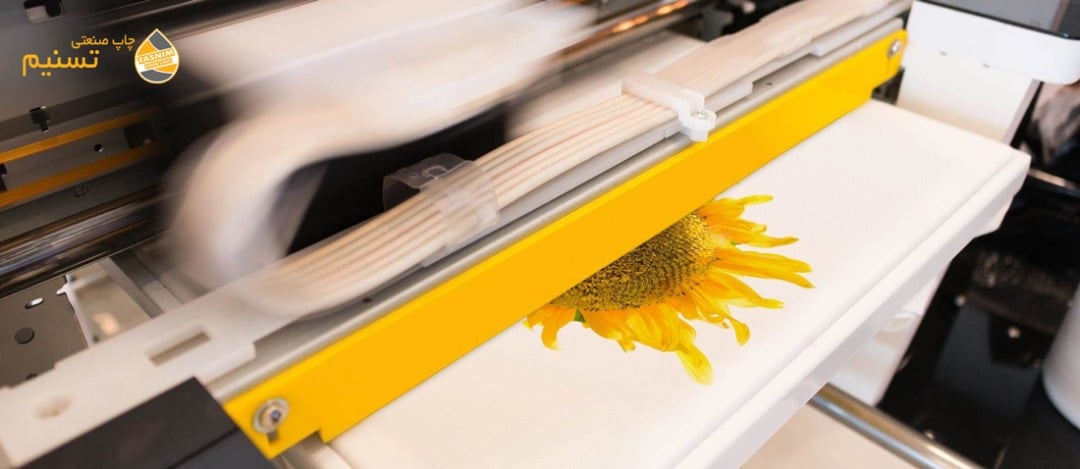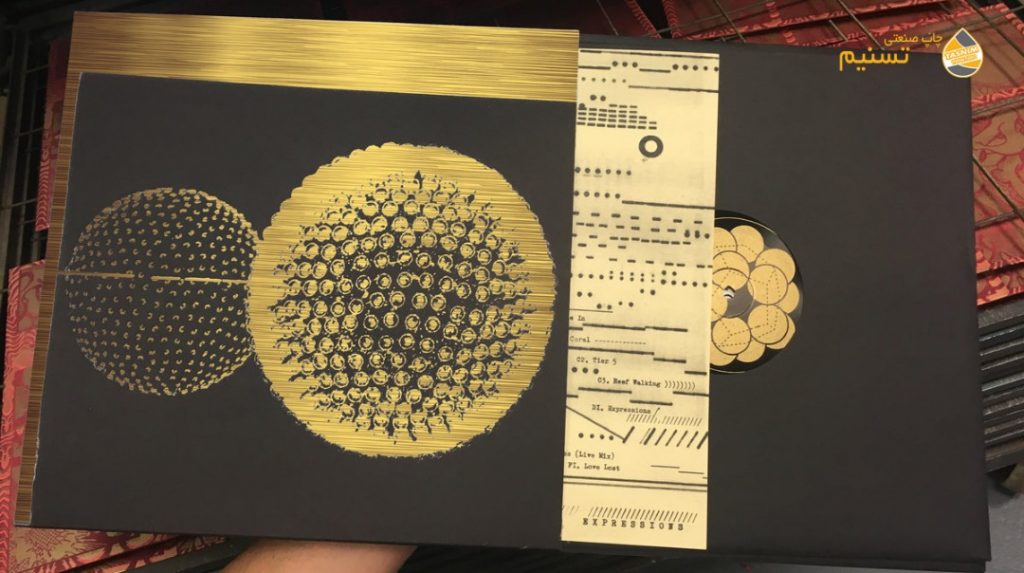
What is industrial printing?
Industrial printing refers to the use of printing techniques to produce industrial products, which can include almost anything, such as soap, shampoo, bottles, cigarettes, and more. Additionally, a significant portion of advertising prints and other printing materials are produced in large and practical quantities in the field of industrial printing.
Types of industrial printing:
In general, industrial printing is divided into four categories based on the type of customers involved or the raw materials such as ink and equipment. (Keep in mind that different printed products use different printing methods.)
Packaging industrial printing: This primarily pertains to factory-related items like boxes, bottles, labels, and more.
Publishing industrial printing: As the name suggests, it relates to books, newspapers, magazines, etc.
In-house production facility printing: Industrial printing is localized in such facilities and is intended solely for a specific company’s use.
Commercial industrial printing: This is the most common form of industrial printing and serves both small and large customers, offering a wide range of printing services, including stationery, brochures, and magazines. In fact, commercial industrial printing has become a popular medium for businesses of all sizes.
What is the difference between online printers and print shops?
There is no significant difference between these two types of printers. In fact, most reputable online printing companies are evolved industrial printing houses and provide industrial printing services. However, if we were to make a more precise comparison, it’s similar to buying a product online versus buying it in a physical store. Online printers, with the help of a clear technology, order portals, facilitate quick and convenient access, leading to faster order fulfillment.
How do online industrial printers work?
First, you send your order to an online printing service via the internet. Your order is reviewed and then referred to a printing house. The printing house carries out the required printing, and in this case, you will need to pay a commission to the intermediary company in addition to the final printing cost. If you opt for a lower payment, you might receive lower quality.
Advantages of phone orders:
The advantage of industrial printing through a phone order is that it easily accommodates us. There is no need to get in our cars; all of this can be done from the comfort of our homes, even from our beds. You can easily fulfill your needs by directly sending your desired photo or file to the company’s graphics department via a phone call without the presence of an intermediary. Additionally, through economies of scale (bulk purchasing), when buying printed goods in bulk, you can often receive greater savings.

A wide spectrum of products offered by direct print houses
A wide range of printed products can include hundreds to thousands of different items, including various stationery, handouts, folding pamphlets, letters, postcards, brochures, catalogs, event tickets, notepads, table tents, envelopes, stickers, calendars, banners, and much more. Industrial printing service providers also handle extraordinary orders such as banners and signage, flags, exhibition posters, and other exceptionally large banners used in advertising.
Printing Techniques
Printing techniques are entirely dependent on the material on which the printing is to be done. Many printing techniques are used in industrial printing, sharing commonalities, some materials have limited acceptance for printing and color, while others can print on a wider range of objects.
Offset Lithography: Used for printing on paper, cardboard, plastic, and other flat materials, including books, newspapers, stationery, packaging, etc.
Flexography or Flexo: Used for printing on plastic, metals, cellophane, and more.
Digital Printing: A method for in-house printing using inkjet printers, offering high flexibility.
Heat Transfer Printing or Screen Printing: Used for printing on a wider range of items such as T-shirts, glass surfaces, wood, and more.
Rotogravure: Also known as Gravure, a specialized technique for newspapers, magazines, packaging, etc.
3D Printing: A relatively new technique offering 3D prints.
Is Printing Still Alive in the Age of Technology?
Some technologies and techniques never become obsolete, and printing media is among them. Every time you visit a grocery store or a small convenience store, any label or engraved image you read is from the industrial printing family. The era of technology has only eliminated unnecessary processes, and essential needs like printing have also been adapted.
In fact, technology has made various types of printing accessible and cost-effective for everyone. The efficiency of printing equipment, whether for home or industrial use, has significantly increased. For many in the printing industry, it has improved material processing and handling methods as well.
The advantages of technology in printing have led to more energy savings and substantial recycling of printing materials, paper, plastic, and even glass in developing countries. Industrial printing is advancing, and this timeless trade continues to be appealing.

0 comments